Okay, we’ll start by saying that yes, a watermaker is indeed a luxury. People have been sailing around the world for years without one, and many still do today.
When Dave and I bought our first cruising boat in 2002, a watermaker wasn’t even on our “nice to have” list. We figured that we’d catch rain and occasionally get water from ashore when we needed it.
But then we saw the listing for Que Tal and in addition to everything else we did want, she had a watermaker. Well, we figured, okay. We probably don’t need it, but sure, we’ll take it.
Cruising the Sea of Cortez, we were very glad we had it. Sure, we could have gotten along without it. Friends cruised without a watermaker. But it’s a desert, with little rain. And the tiny fishing villages barely have enough potable water for themselves; we liked not having to ask for any (even if we had paid for it, we still would have been taking their limited supply).
So when we bought Barefoot Gal, we saw the fact that she came with a watermaker as a definite plus. In fact, we had decided that if we bought a boat without a watermaker, we’d install one and factored that into price and feature comparisons on boats we were looking at. Cruising the Bahamas, a watermaker certainly makes logistics easier — we still had to plan where we went according to weather, but at least we didn’t have to also consider getting water.
To be perfectly honest, a watermaker will probably never “pay” for itself versus what you can buy water for, even in places where water is relatively expensive at say $1 per gallon. It’s rare that you’re going to pay that much all the time. In contrast, many times you’ll get water free or for perhaps a nickel a gallon (that’s what it is here at Boot Key Harbor). A watermaker costs in the neighborhood of $5 grand, plus installation (or DIY) and then ongoing prefilter costs, pump maintenance and membranes.
So it really comes down to convenience. If you spend most of your time away from a dock, it’s a great convenience. If you spend more time at the dock (where you can presumably get water easily and may not want to make water), it’s not really worth it as you’ll need to pickle the watermaker (run preserving chemicals through it) whenever you’re not using it for more than a few days (the exact number of days varies by company). And pickling is hard on membranes; it shortens their life.
That’s also a problem if you tend to cruise for just a couple of weeks at a time. If you mostly do weekends, you probably aren’t gone long enough at a time to need a watermaker, but if you had one you’d have to unpickle/repickle it every time — or leave it pickled and then what’s the point of having a watermaker?
I’ve also talked about having a watermaker as one of the conveniences that enables us to stay out here as Dave has aged (read more). He turned 80 just recently and while he’s doing pretty well, lifting 40-pound jerry cans of water isn’t as easy as it once was. But we’ve done it several times lately as the watermaker high pressure pump has had several problems, primarily due to its age (we think it’s about 10 years old according to the serial number). The last time we rebuilt it, we’d kind of said “no more” — the idea being that if it went out again, we weren’t going to spend the money to rebuild it yet again.
But then it did go out again, and I managed to pickle the membrane with the last bit of life in the pump so it would be preserved while we figured out what we were doing. We discovered that the part we needed cost just under $500. And we might need a rebuild kit as well — another $100+. Our first reaction was that we’d lug water from shore.
And so we have for nearly three months. It works. We don’t fill the 5-gallon ones full and it’s a little easier to get them from the dinghy onto the deck of the boat.
But you know what? A couple weeks ago, we ordered the parts. It’s just a lot easier to flip a few switches than to carry water from shore. It makes still living aboard and cruising at 80 a lot more do-able. And if we are able to go to the Dry Tortugas or Bahamas, it will make the logistics much simpler.
Having a watermaker means that when we’re out at anchor, we take a few more showers and more freshwater rinses after swimming. The snorkel gear gets a little better rinse off. We wash some laundry by hand on the boat to extend our time away from towns. And when we have an unexpected repair, it’s nice to be able to do a better clean up when it’s over. Ditto when something spills.
I don’t really have a conclusion about how to decide if a watermaker is for you. They are expensive and you can do without. They can break down, although they’re more reliable than in the past. And so you still need to carry full tanks and always make sure you have enough water to get to the next water stop. You certainly can cruise without one.
But we’ve known numerous people who were cruising on extremely tight budgets, without many of the creature comforts that most cruisers have (outboard for the dinghy, radar, AIS, even refrigeration for a few) and almost all of them have said that a watermaker would be their first “splurge” if given the chance.
For those wondering, both our watermakers were chosen by previous owners of our boats. The first was an HRO, and the current one a Katadyn 80E (about 10 years old). Both have been 12v systems that we ran primarily off our solar power.
We like a 12v system and being able to run it from solar, but we also realize that output is limited. Were we to make a decision from scratch, I’m honestly not sure if we’d get a 12v system or a larger capacity one that ran off a Honda generator.
Two things that I would look at very closely are how user-repairable the system is, and whether parts can be bought off the shelf or are proprietary (and expensive). While we’ve had good customer support from Katadyn (never really needed any from HRO; that system was a power hog but bulletproof), their parts and membranes are very expensive. Katadyn was recently bought by Spectra; Pur is also in the same group.
Two systems that I’d give serious consideration to (but note that we haven’t had to actually buy a new system so I haven’t fully researched the options, and that our criteria for choosing a system could be different from yours) are:
- Cruise RO (lower-cost option, runs off a Honda generator, designed to be owner-installed, off the shelf parts and phenomenal customer service; I have heard of at least one run off solar via lithium batteries and an inverter)
- Rainman sold in the US by SeaTask Group (12v, gasoline or generator-driven portable systems that can be taken out and sold separately if the boat is sold; can be used without a thru-hull). UPDATE: SeaTask loaned us one of their units for a month to review it; bottom line is that we really liked it — read my First Impressions here (full review coming).
UPDATE: In the spring of 2019, we did purchase a new watermaker and chose the Rainman. Read why.

Carolyn Shearlock has lived aboard full-time for 17 years, splitting her time between a Tayana 37 monohull and a Gemini 105 catamaran. She’s cruised over 14,000 miles, from Pacific Mexico and Central America to Florida and the Bahamas, gaining firsthand experience with the joys and challenges of life on the water.
Through The Boat Galley, Carolyn has helped thousands of people explore, prepare for, and enjoy life afloat. She shares her expertise as an instructor at Cruisers University, in leading boating publications, and through her bestselling book, The Boat Galley Cookbook. She is passionate about helping others embark on their liveaboard journey—making life on the water simpler, safer, and more enjoyable.
Here’s your “Quick Start” to everything you need to know when living on a boat:
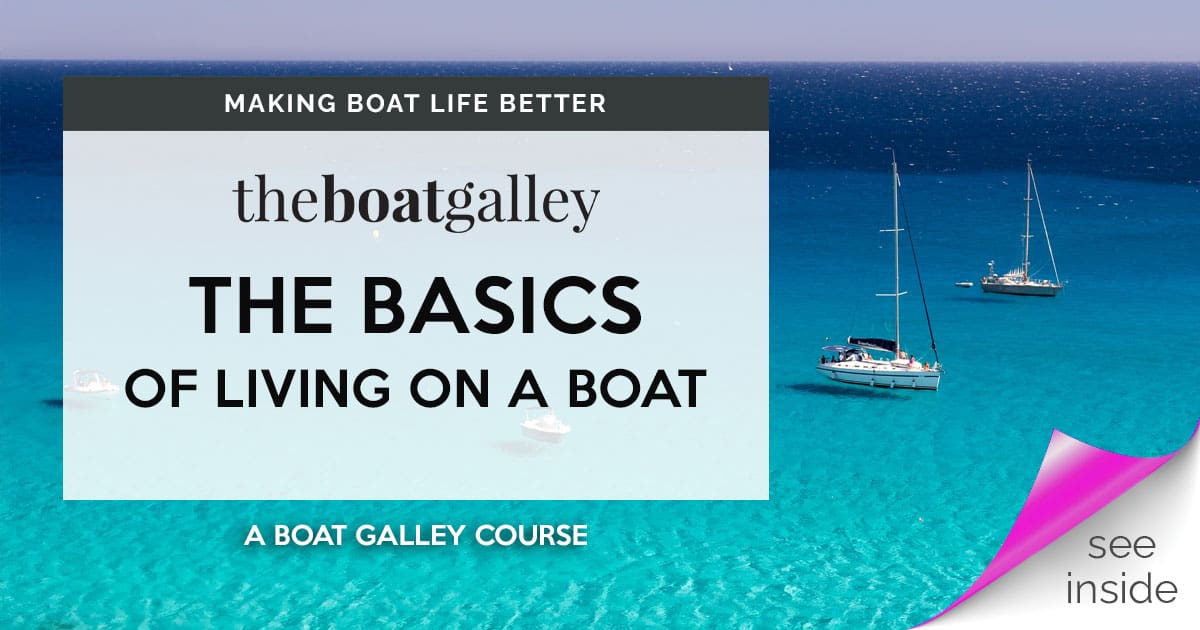

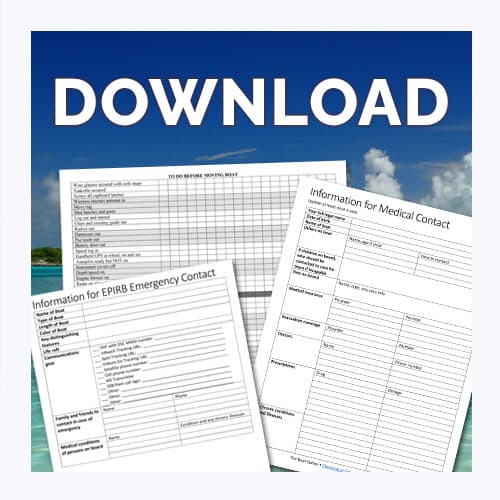


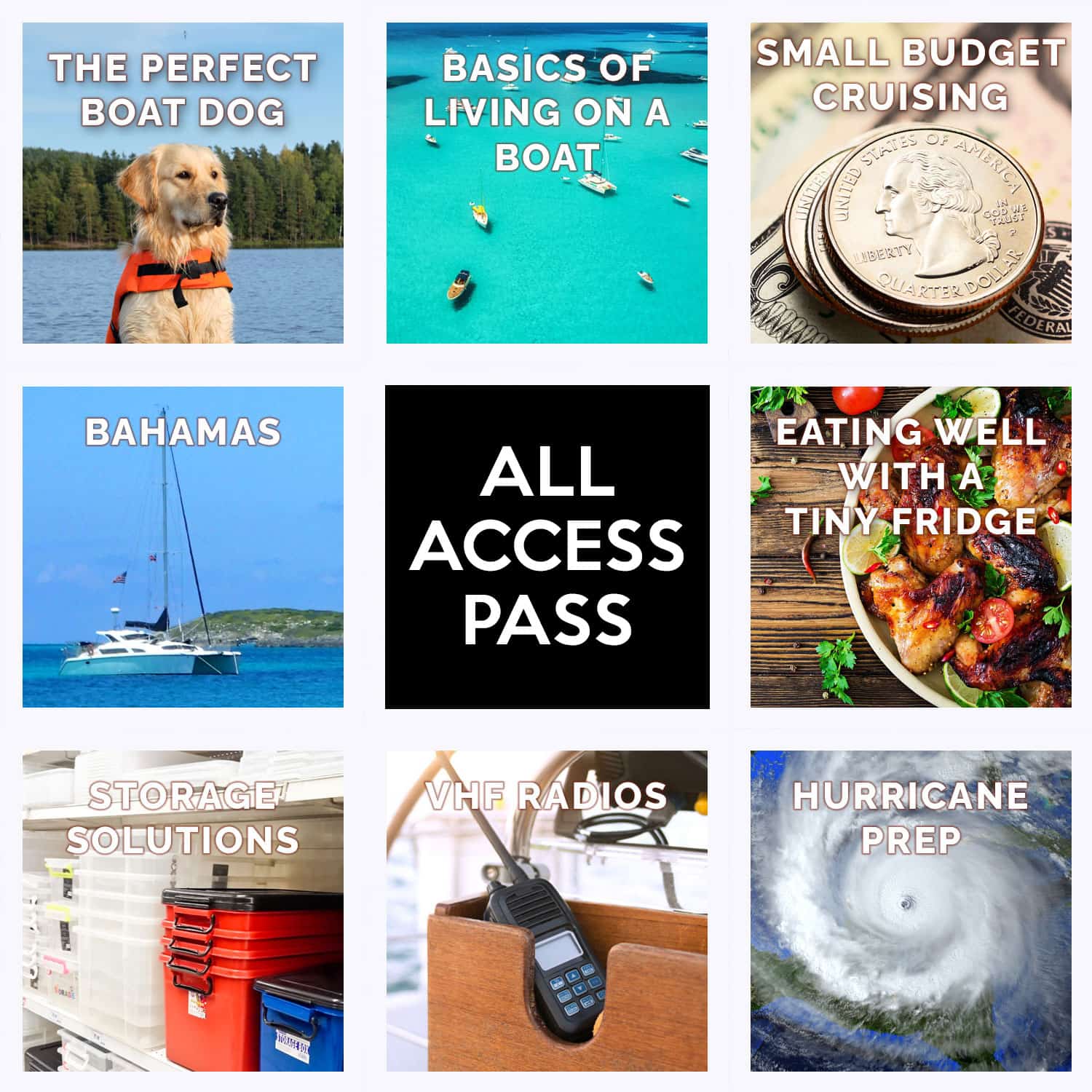


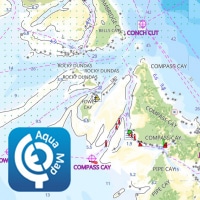
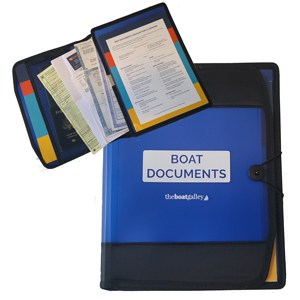

Anonymous says
Great article! Thanks for the tips!
Becky says
For my two cents, I have a 1.5 hp. AC Cruise RO, rated at about 40 g. per hour. My thinking is: make a lot of water in as short of a gen-set run time as possible, (I have a 4.4 KW genset) and then: back to peace and quiet. 40 g. in an hour is just right for the three days or so between required run cycles. Cruise RO was easy to install, and all of the parts are off-the-shelf so that the system could be maintained even if the Co. eventually went out of business. –Vic, Skipper of “Resolute.” PNW
Wayne says
There is actually a less one sold by an ex-cruiser by the name Sun Pure Watermakers http://sunpurewatermakers.com
Here is a review that Adventures Adrift did
https://youtu.be/xwwCBrtLUoA
Susan Parker says
I didn’t realize how much I loved our water maker until the membranes failed while we were in the Bahamas. We anchor our most of the time so having to buy water is a pain.
Frank Stair, s/v ADVENTURE says
I have the Rainman 120 volt unit. It’s great! I use a Honda 2000 generator when on the hook. Plug in at the dock. I don’t trust the water in most Mexican marinas, so I make my own. No Montezuma’s Revenge for my crew. And, I can use the Honda portable generator for beach parties, etc. Great setup overall.
steve says
Could the house units. Be used? It would require the addition of a suitable pump and they have less flow capacity so would need to run longer but dont require the pickling you mention?
Interested to know the reasons.
Carolyn Shearlock says
The house units are not designed to be used with salt water — they’re designed to further purify fresh water. So they wouldn’t be suitable for a boat. They are also power hogs compared to marine systems!
STUART WILLOUGHBY says
Hi,
I am Stu Willoughby of SunPureWaterMakers.com. We have been making water makers for 7 years and have many hundreds all around the world. We are a small family owned company and we keep our overhead very low!!! We have 12 volt systems for $2,899.00 (8 to 12 gph) and the 1 hp (honda powered) for the same price (20 gph+) and our 1 1/2 and 2 hp 55 to 60 GPH systems are under $4,000.00 including shipping. We also have engine driven systems. We cruise in the Sea of Cortez each winter. All our systems use non-proprietary parts. We have OEM agreements with all our suppliers so we get all parts at the best price possible. We use Italian high pressure pumps and have never sold a repair/rebuild kit in seven years and our motors are first rate soft start capacitor run for the best in efficiency. For a first class, owner serviceable, parts available worldwide ( all n0n-proprietary) we are the best price out there for a water maker system I am available 24/7 by email or phone to help my customers with installation and/or operation.. We would love to be listed with the other water maker manufacturers on this article. This article is spot ON!! Thanks for your time and consideration.
Cheers, Stu and Maggie
SY Sea Peace San Carlos, Mx.
Jorge Cortes says
Hello
I dont know much about cruising as I just moved up from day boats to a Sea Ray 2014 410 Sundancer. Do I need a watermaker? Is it easy to operate (fully automatic) Will it need to be serviced often? can my maintenance guy do it?
Cheers and thank you!
Vince Bednar says
We have found while cruising in the Bahamas this year, that of the people we met, most of those cruising without a water maker really regretted not installing one before they left. It was also a deciding factor in at least two of those boats heading back home months sooner than they originally planned. We have a Spectra, which runs off of our batteries while we charge them with our solar panels and make 15 gph. Whatever type you ultimately get is well worth the money and time it takes to install. We don’t lug water, pray for rain, or even worry about the taste or smell of our water. It’s all good.